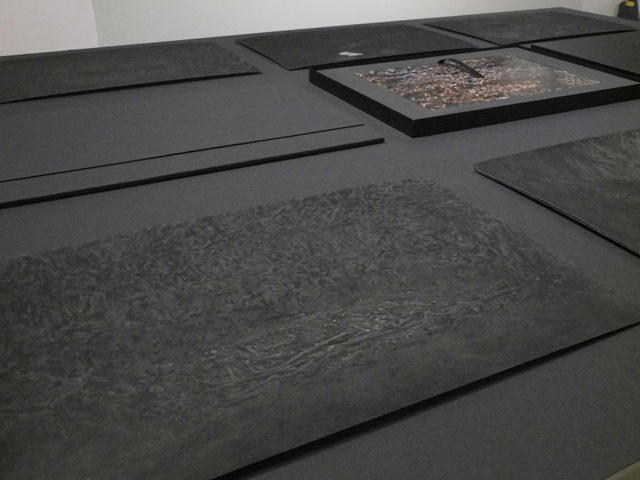Atelier Boba : Photo Prints ´sur mesure´
Posted on January 23, 2012 by VINGT EditorialThe new Paris-based photo studio Atelier Boba does not only offer printing and technical advice on a high, professional level; they are also, unlike most printing places, very competent in giving artistic advice on your art project and photo work.
Owner Ryan Boatright, an artist himself, has long worked intensely with photography in various ways. When moving to Paris two years ago, he knew exactly how to proceed. He and his wife the conservator Caroline Barcella, found an old shop in Montmartre, renovated it, and gave birth to Atelier Boba. Since it’s conception in 2010 they’ve put all their effort into making this a well-functioning, professional printing studio, working closely with artists, photographers and other people interested in photography.
Who comes to Atelier Boba?
It varies. We have recently worked on print projects for a contemporary artist, commercial photographer, and a documentary photographer. We’ve also had people coming to receive feedback and critique on their photo work, and some just come to talk about art over a coffee. Furthermore we’re currently engaged in a scanning project for an individual who has a large collection of glass plate negatives that he wants digitized so he can share the images with his family on the Internet.
What is, for you, the most interesting aspect of this work?
My passion is to think through ideas and to discover new manifestations of an artist’s work in the physical form. I love the initial discussions with an artist about paper choice, and printing options. But, nothing is more rewarding than providing him/her with a pleasant experience working together, and prints that I am proud of. It often happens that I create a lasting personal or professional relationship with my clients. That brings meaning to my work.
You work as an artist as well as a print maker. How do the two occupations influence each other?
As an artist I often use very technical photographic and digital techniques in a conceptual manner, and I care immensely about the craft of my projects. I imagine that this rubs off on the quality of work I provide for other artists. Since I now provide professional services for others, it has made me further refine my printing techniques and knowledge about color reproduction. This knowledge has directly contributed to new art ideas that revolve around color science and the study of personal realities.
Why should I come to you, instead of going to one of the larger printing labs which may seem cheaper?
It’s a misunderstanding that we’re more expensive than others. For the type of prints that we offer we are extremely competitive with our prices. Furthermore, we provide a special level of attention to our clients’ needs and to the small details. At the moment, our core service is providing the best quality prints possible, using archival pigment inks, and the best papers. These prints have certain advantages over digital chromogenic photographic prints that often have a slightly lower price tag at larger labs. Also, we spend time with our clients. We invite them to the studio to discuss their projects. We invite them back to judge the progress. And, if something isn’t perfect with their work in the end, we spend the time to make it right. That is invaluable, and we are getting a great response from this.
You often deal with photography and colour as themes in your own art work. Can you explain a bit about this interest?
My initial interests in photography really came from my obsession with being able to reproduce reality in black, white, and shades of grey. I spent years in the darkroom mastering Ansel Adams’s Zone System, and traveling around the US taking workshops with his assistants, etc. After some time, I realized that I did not care so much about making beautiful pictures (most everyone else who studied the Zone System did). I only cared whether or not I could make a subject or any object a particular shade of grey in the final print. Photography was a scientific puzzle. I felt that I needed to be able to distort reality in whatever way I pleased. Later on, the representation of reality itself became an obsession.
I then figured that if I want to understand anything around me, I at least had to analyse its colour. I am currently involved in domestic colour studies, and somehow searching for new meaning and purpose in colour. Actually, at the moment, I am intrigued by the colours of my non-matching socks.
What are your future plans?
For the time being, I am focused on finding clients that expect and appreciate personalised service and high quality archival prints for personal, exhibition, and museum purposes. Moving forward, I wish to develop closer collaborations with photographers and artists to produce prints that are created in non-standard ways. For example, I recently created a series of “differential gloss” prints for an American artist that when you look at them straight on, appear nearly completely black, but when seen at an angle (with the proper light reflection), a full image appears. I found that I could use two different types of black inks on a very specific type of glossy paper to produce this aesthetic. I envision more projects like this. Also, I plan to create a residency program at our studio. I want to invite national and international contemporary artists to work together on print projects that require special needs based on their ideas. For me, that is where the ultimate fun is.
And finally: What’s the best and the worst thing about Paris?
People seem to take their time.
Atelier Boba
28 Rue Durantin, 18th
Hours: Open Tue – Fri, 2pm to 7pm and by appointment.
Ph: 01 71 26 74 75


